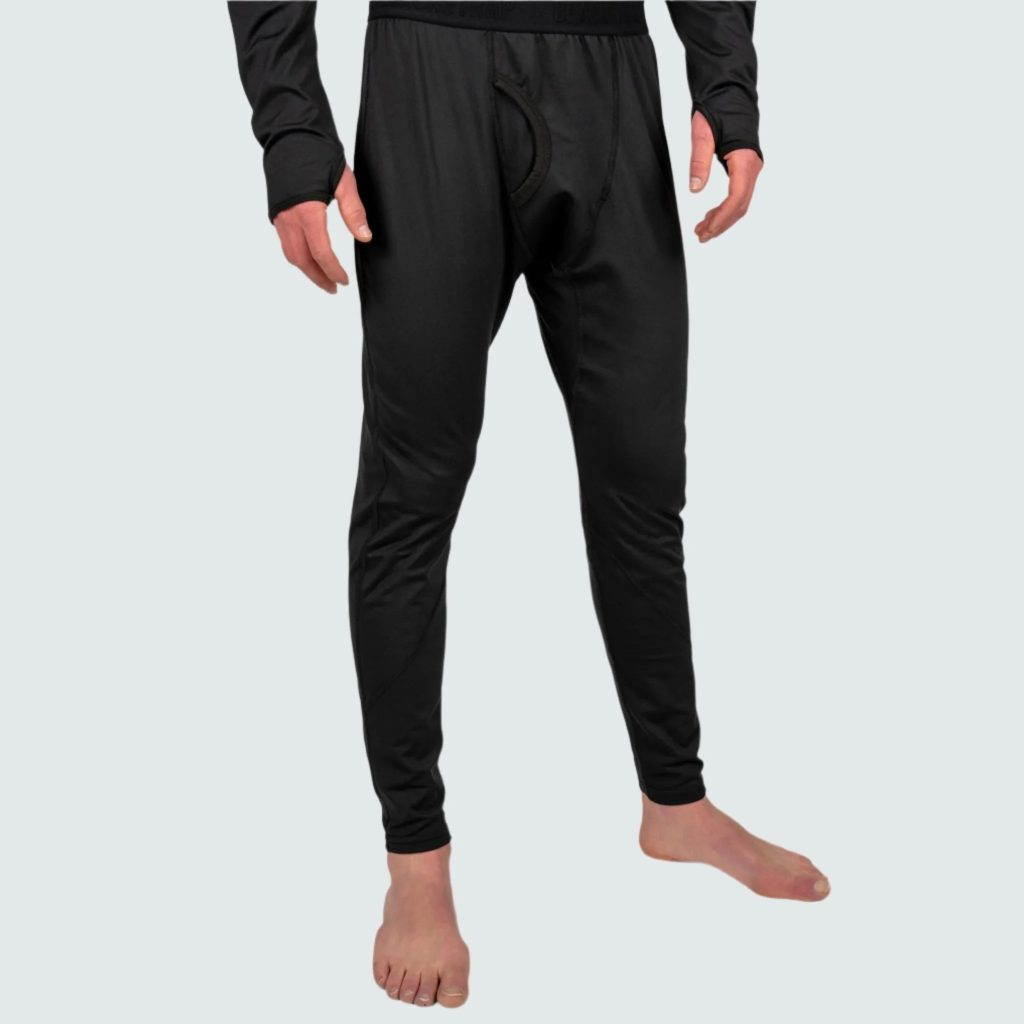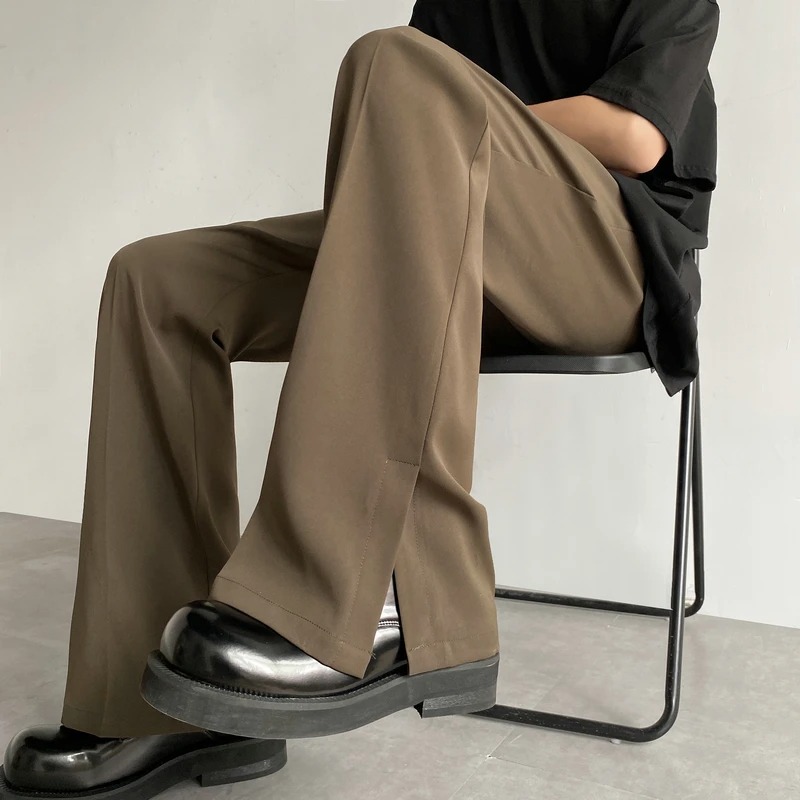As the temperature drops, thermal pants men become an essential part of every man’s wardrobe. Whether you’re planning a winter hike, a ski trip, or simply want to stay warm and comfortable during day-to-day activities, finding the right thermal pants is crucial. With so many options on the market, it can be overwhelming to choose the perfect pair. This guide will help you navigate the factors that should be considered when selecting thermal pants for men.

Understanding the Different Types of Thermal Pants
Before diving into the selection process, it’s important to understand the three main types of thermal pants available for men.
Base Layer Thermal Pants:
Designed to be worn next to the skin, base layer thermal pants are thin and lightweight. They are meant to provide insulation without adding bulk, making them ideal for high-intensity activities or layering under other clothing.
Mid-Layer Thermal Pants:
These thermal pants are slightly thicker and designed to be worn over a base layer. Their main purpose is to trap heat and keep you warm, making them a great option for cold weather activities or everyday wear.
Insulated Thermal Pants:
The thickest and warmest of the three types, insulated thermal pants are designed for extreme cold weather conditions. They often feature added insulation and may be water-resistant or waterproof, making them suitable for activities like skiing, snowboarding, or ice fishing.
Factors to Consider When Selecting Thermal Pants
When selecting thermal pants for men, there are several important factors to consider.
Material
The material of thermal pants plays a significant role in their performance and comfort. Common materials used in thermal pants include merino wool, polyester, nylon, and spandex. Merino wool is known for its exceptional moisture-wicking and odor-resistant properties, making it a popular choice for base layer thermal pants. Polyester and nylon blends are durable, quick-drying, and provide good insulation, while spandex adds stretch and flexibility to the fabric.
Fit
The fit of thermal pants is crucial for both comfort and performance. Base layer thermal pants should have a snug, but not constricting, fit to effectively wick moisture away from the skin. Mid-layer thermal pants should offer a comfortable and relaxed fit, allowing for easy movement without being too loose. Insulated thermal pants should provide enough room for layering without being overly bulky.

Insulation
The level of insulation needed in thermal pants depends on the intended use and outdoor temperatures. Look for base layer thermal pants with light to medium insulation for mild to moderate cold conditions. For colder weather, mid-layer thermal pants with moderate to heavy insulation are ideal. Insulated thermal pants should provide maximum warmth and protection for extreme cold conditions.
Moisture-Wicking and Breathability
Good thermal pants should be able to wick moisture away from the skin and allow it to evaporate quickly to keep you dry and comfortable. Look for materials that are moisture-wicking and breathable, especially in base layer thermal pants designed to be worn during high-intensity activities.
Durability
Durability is an important consideration, especially if you plan to use the thermal pants for outdoor activities. Look for reinforced seams, quality stitching, and durable materials that can withstand wear and tear.
Additional Features
Consider any additional features that may enhance the performance and functionality of the thermal pants. This may include features such as adjustable waistbands, zippered pockets, articulated knees for better mobility, and water-resistant or waterproof coatings for added protection in wet conditions.
Price
Lastly, consider your budget when selecting thermal pants. While quality thermal pants may come with a higher price tag, they often provide better performance and durability. However, there are also budget-friendly options available that can still meet your needs.
How to clean and iron thermal pants men
Thermal pants are a great addition to any man’s wardrobe, especially during the colder months. They help to keep the body warm and comfortable, making them perfect for outdoor activities or simply lounging at home. However, it’s important to know how to properly clean and iron thermal pants to maintain their quality and longevity.

Cleaning Thermal Pants
When it comes to cleaning thermal pants, there are a few things to keep in mind. Here are some tips for keeping your thermal pants clean and fresh:
- Read the Care Label: Before you start the cleaning process, always check the care label on your thermal pants. This will provide you with important information on how to properly clean the pants without damaging them.
- Machine Wash: Most thermal pants are safe to be machine washed. Use a gentle cycle and cold water to prevent any damage to the fabric.
- Use Mild Detergent: Choose a mild detergent that is suitable for washing delicate fabrics. Avoid using bleach or fabric softeners, as these can cause damage to the thermal pants.
- Turn Inside Out: To help preserve the color and fabric of the thermal pants, turn them inside out before placing them in the washing machine.
- Air Dry: After washing, it’s best to air dry thermal pants instead of using a dryer. Hang them on a clothesline or lay them flat on a drying rack to prevent shrinking or damage from high heat.
- Avoid Ironing: Most thermal pants are made from fabrics that do not require ironing. If you must iron, use a low heat setting and place a cloth between the iron and the pants to prevent any damage.
Ironing Thermal Pants
While thermal pants typically do not require ironing, there may be instances where you want to remove any wrinkles or creases. Here are some tips for ironing thermal pants:
- Check the Fabric: Before ironing, check the fabric of the thermal pants to ensure that it can withstand heat. Some thermal pants are made from materials that may be damaged by ironing, so it’s important to be cautious.
- Use Low Heat: If ironing is necessary, set the iron to a low heat setting. High heat can damage the fabric of the thermal pants, so it’s best to start with a low temperature and gradually increase if needed.
- Use a Cloth: Place a cloth, such as a cotton handkerchief or thin towel, between the iron and the thermal pants. This will provide a protective barrier and prevent any direct contact with the fabric.
- Iron Inside Out: Turn the thermal pants inside out before ironing to prevent any damage to the outer surface. This will also help to preserve the color and fabric of the pants.
- Steam Iron: If your iron has a steam function, you can use it to remove wrinkles from the thermal pants. Hold the iron several inches away from the fabric and lightly steam any creases.
- Hang Immediately: Once you have finished ironing, hang the thermal pants immediately to prevent any new wrinkles from forming. This will also help to maintain the shape and quality of the pants.

Conclusion
Finding the perfect thermal pants for men involves taking into account the type of activity, outdoor temperature, material, fit, insulation, moisture-wicking and breathability, durability, additional features, and price. With these factors in mind, you can make an informed decision to ensure that your thermal pants provide the warmth, comfort, and performance you need in cold weather conditions. By carefully considering these factors, you can confidently select the ideal thermal pants for your outdoor adventures or everyday activities.










